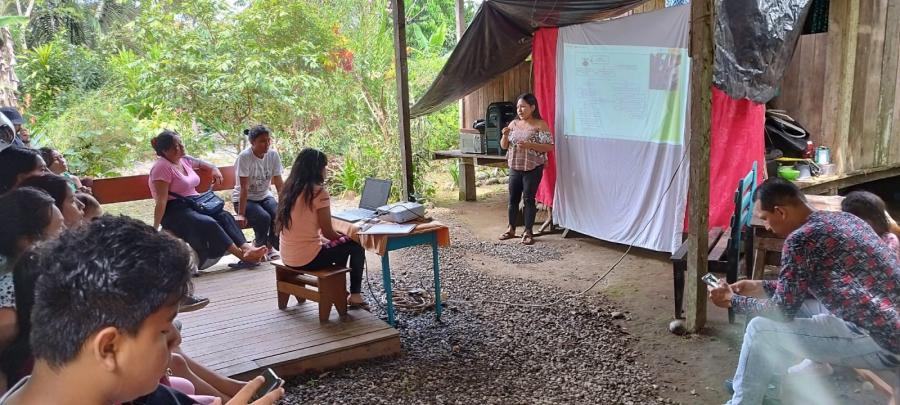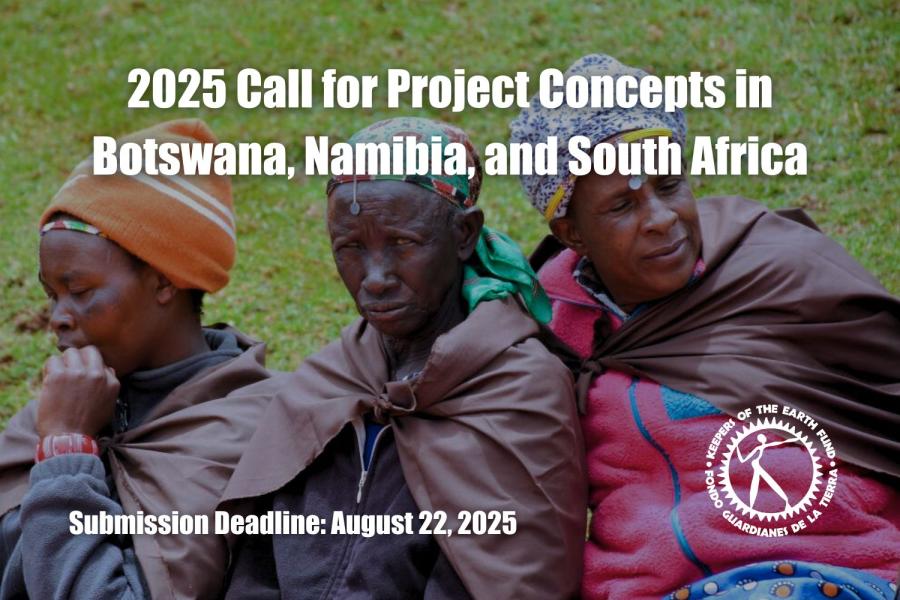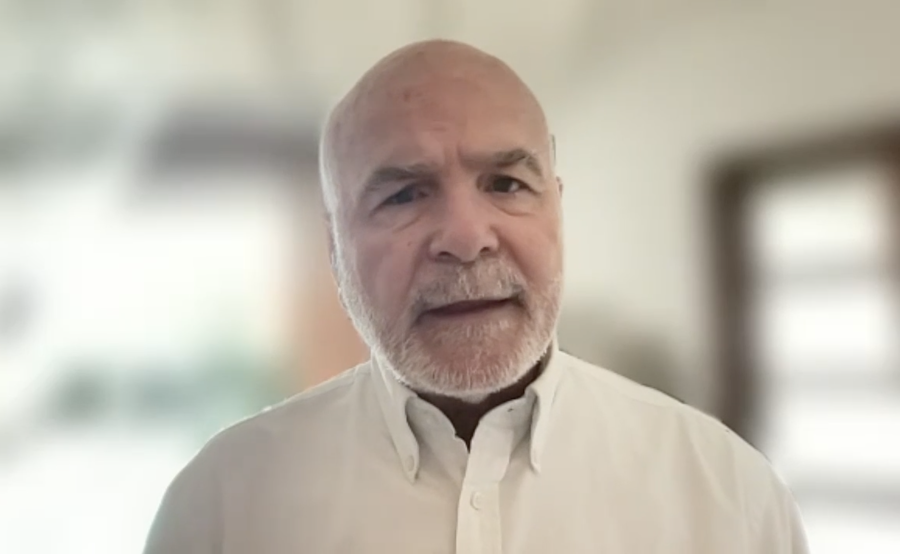It is now an accepted fact that human emissions of carbon dioxide and other greenhouse gases are changing the global climate. Indeed, the climate may be changing with greater speed and intensity than scientists previously thought. The negative effects of climate change are most severe among the world’s poor, and indigenous people make up a disproportionate percentage of the world’s poorest people. Indigenous peoples living in the industrialized world, too, are facing the impacts of climate change, and all are confronted with decisions about participating in one of the most powerful tools for slowing climate change: the carbon market.
The Kyoto Protocol—the primary international instrument to address climate change—establishes a market for greenhouse-gas emission reductions. The protocol limits the amount of greenhouse gases a signatory country may emit and requires countries to reduce their emissions to a set amount below current levels. But countries can meet their targets indirectly. Because the problem is global and because all emissions ultimately enter the same atmosphere, countries can seek less expensive reductions outside their borders to offset the gases they emit at home. The accords also provide a vehicle for developing countries to benefit from their relative lack of development: the Clean Development Mechanism. Under this scenario, developing countries can generate tradable emission-reduction credits. The system went into effect in 2005 and has generated a trade in over 200 million tons of carbon emission reductions at prices that have risen above $20 per ton.
Of most importance to many indigenous peoples are the provisions that allow credits to be created by sequestering carbon through projects based on land use, land-use change, and forestry. This is currently the only project type that actually reduces the amount of carbon in the atmosphere. In fact, this sector is potentially pivotal in controlling climate change, since changes in land use, such as deforestation, contribute 17 to 25 percent of annual global emissions, while sequestration projects could absorb 30 percent or more of annual emissions.
Land-use projects also have great potential to support sustainable development and, in well-designed projects, to provide physical and cultural benefits to indigenous peoples. These projects can function directly with small farms and others who draw their sustenance from the land rather than requiring control over large installations. Plantations featuring a single non-native tree species are technically allowable under Kyoto, but diverse, integrated agroforestry projects are much better because they offer a wide range of biological, economic, and cultural benefits while providing the same sequestration effect. Monoculture plantations are more at risk for disease and insect attack and thus for losing their value as long-term credits. On the other hand, integrated agroforestry projects that include a diverse group of carefully selected trees and other plants can sequester carbon in biomass and soil while providing fruit and other vitamin-rich foods, forage, medicine, firewood, and building materials. Planting windbreaks and along topographic contours can halt soil erosion and start a process of soil improvement. These high-carbon soils are more fertile and have greater capacity to capture and store water, too. Mixing trees and pasture can enhance pasture productivity by 50 percent.
Women find particular benefits in these schemes because they have greater access to nearby firewood and medicinal plants that provide traditional remedies and independent income. These systems can also help to conserve water resources by reducing sedimentation, trampling, and contamination with animal waste. Biodiversity can be greatly enhanced both by the propagation of native tree species and by the increased habitat that they spread over the landscape.
These projects can help indigenous communities preserve their culture by reducing the need for people, particularly young people, to leave home to look for work. The land’s increased productivity can provide economic opportunities, reducing the pull of urban areas where loss of language and culture is common. This productivity can also help to obtain cash necessary for community needs like water purification or school uniforms and supplies. These projects don’t just provide cultural continuity so that a wealth of traditional environmental knowledge is not lost; their success depends on the traditional, intimate knowledge of the plants and their place in the ecosystem.
Land-use projects can be particularly beneficial where indigenous people are living on deforested, degraded, or marginal lands. These areas, depleted of carbon, often have great capacity for sequestration as the land recuperates. A study in Indonesia showed that deforested, low-carbon grasslands used for monocultures of cassava could be converted into small, integrated, forest gardens producing a diversity of food, spices, and medicines while sequestering 80 tons of carbon per hectare.
But exploitation has in the past accompanied the marketing of other natural resources found on indigenous lands. To avoid repeating that history, land-use projects should originate in indigenous communities and be designed and managed there, ensuring that the projects are culturally appropriate and that the benefits reach the people who need them most. As with any development project in an indigenous community, the people need a clear understanding of the project’s potential benefits and possible negative impacts, explained in the language most familiar to community members. This is particularly true if the project is being proposed from outside. To become full participants in the process, some communities may need capacity building that includes not only technical training but also preparation to assess the agreement itself. This capacity building also reduces the need for outside expertise on the project, empowering the indigenous people themselves and ensuring that more of the project funds stay within the community. With this foundation, the community can then decide whether the project is in fact desirable.
Often the community will need to balance the requirements of the market and traditional customs for distributing goods and services based on reciprocity and mutual aid. For example, although the market might figure the value of individual plots of land in terms of area, the benefits derived from the project might be distributed within the community along customary lines of kinship and sharing. The project is then more likely to foster unity rather than dissension.
To fully realize its potential, the carbon market needs structural changes to remove distortions that now favor the rich, industrialized world. For example, current regulations allow land-use projects in industrialized countries to include cropland, grazing land, revegetation, forestation, reforestation, and conservation of existing forests, but projects in the developing world are limited to reforestation and forestation only. In terms of quantity, industrialized countries can generate unlimited credits, but credits bought from the developing world may not exceed 1 percent of the industrialized purchaser’s 1990 emissions. The European Union Emission Trading Scheme, the world’s largest carbon trading venue, excludes land-use projects altogether. Even as many indigenous peoples watch the rainforest cut down around them, the Kyoto protocols exclude any credits for rainforest conservation in developing countries, while crediting forest conservation in industrialized countries. This exclusion remains in place despite the fact that the current rate of rainforest loss is so intense as to negate 80 percent of all emission gains made by the Kyoto accords by 2012.
All of these rules ensure that projects in the industrialized world are fully credited while many of those most accessible to people in developing countries are restricted and excluded. As a result, only 3 percent of the projects in process under the Carbon Development Mechanism as of November 24, 2005 were in the world’s poorest countries. Restrictions on land-use projects remove one of the primary and potentially most-beneficial ways that indigenous people can choose to participate in the carbon market. The terms of the carbon market need to be changed so that the same range and volume of projects that are now available in the industrialized countries are available to the rest of the world.
Until recently, the carbon market has been small, but it is expanding. And as the market expands, it is important that indigenous peoples become aware of how it works and what opportunities and pitfalls it holds, so that they can make truly informed decisions.
Jonathan Haskett recently returned from three years as a Peace Corps Volunteer in Ecuador’s Andean highlands, and is currently working with the indigenous organization Fundación Desarrollo Integral Ambiental Comunitario (FUNDIAC) on a pilot agroforestry sequestration project in the foothills of Mt. Chimborazo. For more information on how indigenous people can participate in the carbon marketplace, visit Cultural Survival’s website.



